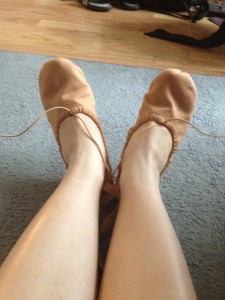Since we’ve recently gone through a transition, I want to get an up-to-date feeling for what I should be posting more of: interviews, tips, how-tos, etc. Please take a second to fill out the poll below. I will still keep doing blog type posts on a regular basis, but I’m looking to do more. If you have any specific how-to or tips posts, ie. you want to learn more about tendu tips or grand battements, leave me a note in the comments! Generally my tips or how-tos come from something I personally struggle with and do research on, but if you’ve got something you want to see, let me know. If you’ve got something you want to share, feel free to send me an e-mail (info at adultballerinaproject dot com) about contributing.







